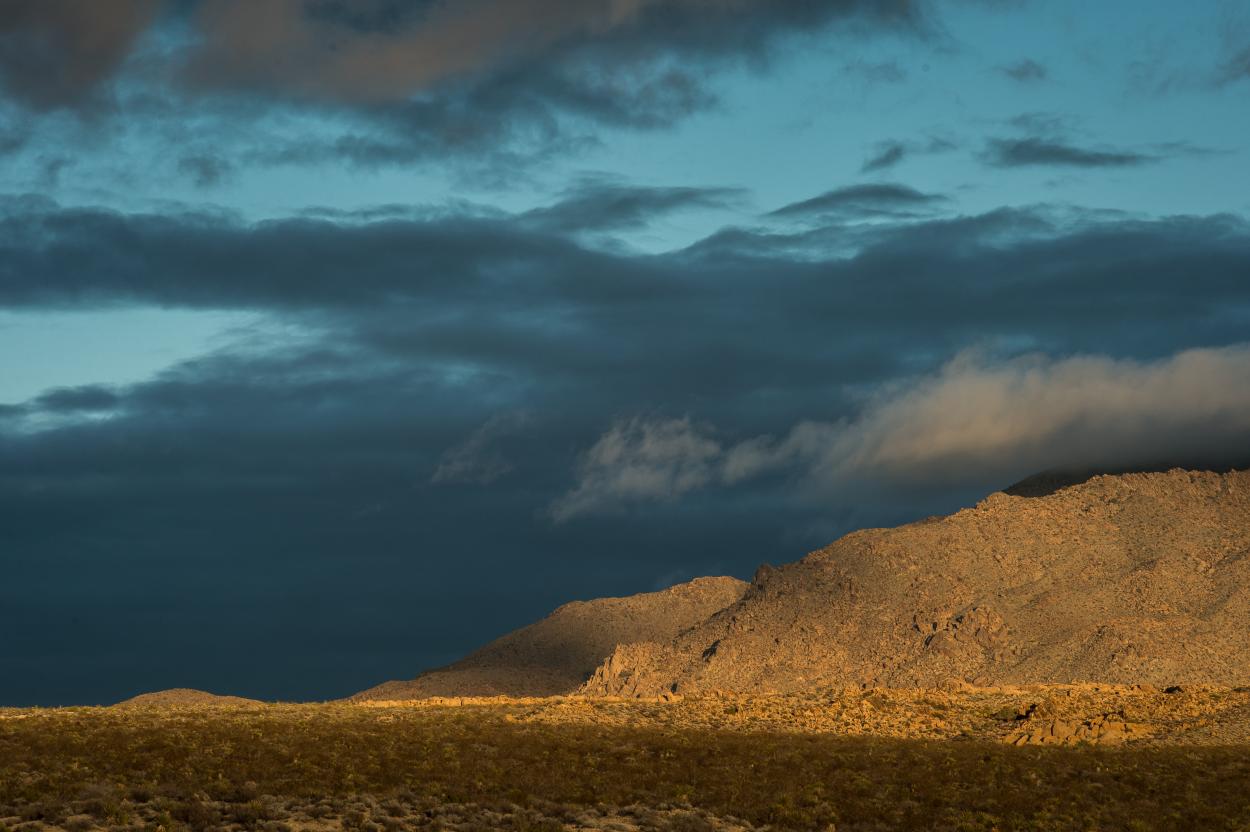Middle East and North Africa: A Case for Regional Cooperation

The Middle East and North Africa (MENA), which represents around 10% of the world land area and is home to more than 400 million inhabitants, is a region of extremes in terms of its natural richness. It tops the charts with its oil and natural gas reserves, but at the same time is a region of extreme aridity with most of its territories represented by barren deserts. In fact, five out of the top ten countries with the largest oil reserves in the world and eight out of the world’s top ten most water stressed countries, are within the MENA region. Central to the region’s future and its pursuit of sustainable development is its ability to deal with a three-fold challenge represented by: a) the need for an efficient response to water scarcity, b) an enhanced management of energy in the view of the climate change constraints, and c) ensuring that the rapidly growing population of the region enjoys the benefits of food security. This Water-Energy-Food (WEF) nexus is critical to the MENA, and the policies devised by MENA countries to tackle this challenge will set the tone for the sustainable development of the region for the years to come.
Objectives
-
Identify challenges and opportunities for a WEF nexus approach in the MENA region
-
Identify opportunities for regional cooperation on WEF security
-
Discuss on the importance of WEF security for enhancing regional security and development
Co-organised by

Working Group Contact
Nasser Yassin (American University of Beirut)
Nadim Farajalla (American University of Beirut)


